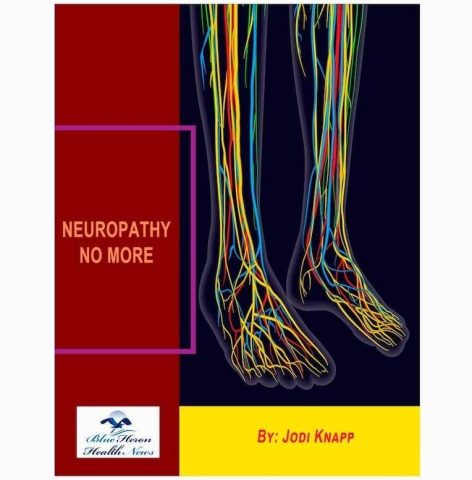3 Peroneal Nerve Pain Treatments You Should Know: Complete Guide 2024
By Vanessa Richards
January 10, 2024 • Fact checked by Dumb Little Man
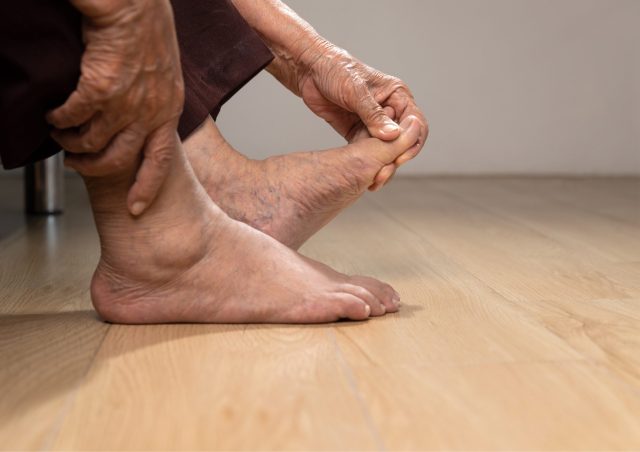
Our body is composed of a system of well-organized, interconnected nerves. These nerves make sure that all the activities that we carry out are perfectly synchronized and in order.
These nerves also help us feel the right kind of sensations at the right time, thanks to their prompt and rapid signaling and functioning duties! A nerve cell, nerve axon, and nerve dendrites are the reason for how fast electrical signals travel from one point to the other.
However, in cases where these nerves encounter a problem – either in the brain or spinal cord, their very sites of origin, the entire body has to face the consequences.
The reason for this is obvious – we are not trained on how to work around problems, injuries, and other diseases that affect our body as a whole.
The peroneal nerve is one such nerve that often becomes quite problematic for people, owing to its sensitive nature and delicate functions that it performs.
It is this very nerve that is responsible for causing the famous old ‘foot drop' condition in many people!
Anatomy of The Peroneal Nerve
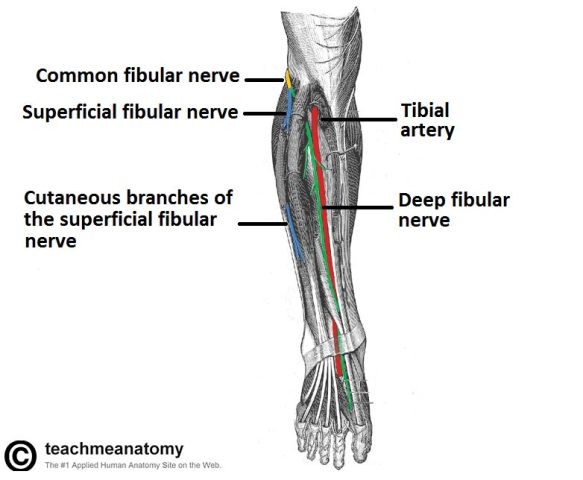
The peroneal nerve is an extension or branch of the sciatic nerve, a major nerve of the lower limb.
It is situated outside the fibula bone and runs just below the knee, from near the popliteal fossa. It winds itself around the fibular neck to emerge on the lateral aspect of the leg, supplying several compartments and muscles of the leg on its way.
Because of its proximity to the structures around it and the reason that it supplies, it is sometimes also referred to as the ‘Common Peroneal Nerve’ or the ‘Common Fibular Nerve’.
The peroneal nerve separates itself from the sciatic part in the posterior part of the thigh. It runs along the medial border of the biceps femoris muscle, and over the lateral gastrocnemius muscle.
It continues its path down the thighs, dividing and extending on its way. Here, it also comes to be known as the ‘Deep Peroneal Nerve' at one point. It can be easily palpated behind the fibular head.
This deep peroneal nerve innervates the anterior compartment of the leg including the extensor hallucis longus, extensor hallucis brevis, and tibialis anterior.
Function of The Peroneal Nerve

The peroneal nerve is responsible for providing sensation to a major part of the lower extremity. This nerve is responsible for innervating many parts of the lower legs.
While it provides sensations to some parts of the legs, it also helps provide motor functions to some other parts of the legs as well.
The front, the side of the legs, and the top of the feet are provided their due sensations because of the peroneal nerve, whereas the lifting of the toes and the ankles, and their upward movements are all controlled by the peroneal nerve.
Any problem or disease affecting the peroneal nerve will automatically affect these movements and sensations respectively.
Common Peroneal Nerve Injuries
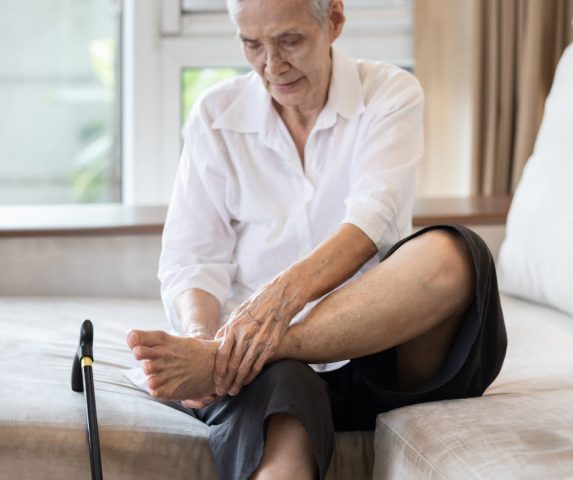
It becomes obvious to search for some common peroneal nerve irritation or injuries along the upper lateral leg to affect the functions and sensations in the areas that this nerve supplies.
However, before digging deeper into the context of what these common peroneal nerve damage and injuries are, it is better to first explore the reasons why they occur in the first place.
This way, it will become easier for a person to see if they really have developed this condition out of some primary injury or if it has simply developed due to some sort of neurological disorder that is altering the normal sensory innervation of the peroneal nerve.
So, to ease it up a bit for you, here is a list of the most common problems that could cause trouble with this nerve and make it difficult for you to move around your toes and ankles freely as they normally do!
| Peroneal Nerve Injuries |
|---|
| Knee Dislocations |
| Fracture of the knee joint or lower leg |
| Any compression along the anterolateral distal third or lateral compartment of the leg (Anterior tarsal tunnel syndrome) |
| Hip or knee replacement injury |
| Common peroneal nerve palsy |
Symptoms of Peroneal Nerve Injury
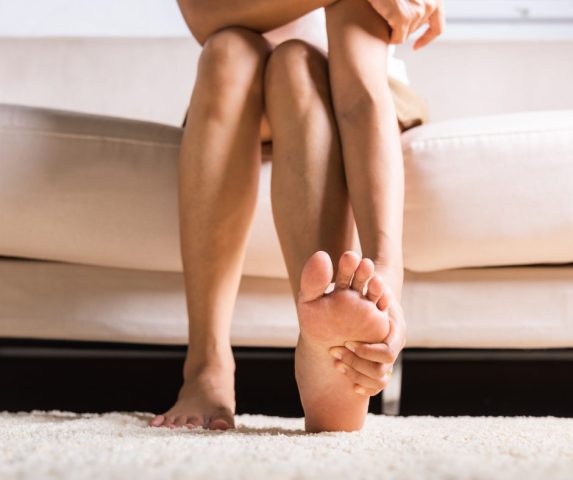
Any sort of nerve damage or injury to this region can cause a wide range of problems for the person suffering from it.
There are a variety of symptoms that the person is bound to experience due to the common peroneal nerve injury, and some of the common ones include:
- Decreased sensation in the top of the foot or outer part of the upper leg.
- An inability to hold the foot up – a condition known as ‘foot drop'.
- The development of a ‘slapping gait' – a condition where as you walk, a slapping sound is produced against the floor.
- Development of numbness or tingling along the upper and outer part of the foot or the upper part of the foot.
- Impact on the foreleg muscles – difficulty lifting them or problems with lower leg crossing.
Treatment
Whenever there is any superficial peroneal nerve injury, the first and foremost concern of the affected person should be a visit to a medical professional who can help them provide the basic treatment for their pain and other presenting symptoms.
However, there are a couple of other remedies as well that a person can practice in their homes and make sure that pain relief in cases of nerve injuries turns out to be quicker for them than anticipated!
1. Natural Remedies

The natural remedies for this type of nerve dysfunction include soaking your feet in a warm bath to relax them.
Some people also prefer opting for physical therapy exercises to make sure that their muscles are well taken care of and their nerve dysfunction is minimized.
Physical therapy or occupational therapy, when done under the supervision of a competent physical specialist could easily turn out to be
It is also recommended that the foot is wrapped in a tight plaster cast or any tight band that could put on some pressure on the affected region and helps with the peroneal neuropathy and to control pain as well.
Many people might lose the tight band while in a deep sleep due to all the tosses and turns, it is best if pressure bandages (the ones used to treat injuries in emergencies) are tightly wrapped around the desired area.
Prolonged bed rest can also help relax the foot and resolve these nerve injuries in some time.
2. Medications
There are several over-the-counter or prescription pain relievers that work out for pain-relieving purposes in the setting of peroneal nerve injuries.
However, it is always best to use them under the influence of a pain specialist to make sure that they work according to their desired usage.
Selective serotonin reuptake inhibitors (SSRIs), lidocaine, and capsaicin are some of the well-known used products for injuries and pain in the peroneal nerve leading to immediate and delayed relief.
3. Digital Programs
A. Regain Confidence Through Balance: The Neurobalance Therapy

An emerging treatment option for the common peroneal nerve dysfunction is Neuro Balance Therapy. It is said to be a '10-second ritual' that will help regain and revive the power in your peroneal nerve and will make sure that the nerve dysfunction disappears as if it was never there!
Neuro balance therapy has already been used by several people for whom no other treatment option had worked. It is not a surprise to say that these people are happy and extremely satisfied with the results that they received for nothing worked better for them than opting for this hassle-free, side effects-free, and safe treatment therapy.
If you still have any doubts over it, then you may check out the reviews that people who were almost giving up on their persistent peroneal nerve injury have posted – right after trying this treatment option! What else could one ask for?
Shop Neuro Balance Therapy at the Official Website.
Full Article: Neuro Balance Therapy Reviews 2024: Does it Really Work?
B. The Best Holistic Treatment Program for Neuropathic Pain: Neuropathy Revolution
Neuropathy Revolution is an e-book that contains valuable information and detailed guides to help you overcome muscle weakness, neuropathic pain, anxiety, depression, and other symptoms.
The program includes seven distinct steps that are primarily intended to eliminate neuropathy pain and its associated signs and symptoms. Unlike other Neuropathy Revolution alternatives, this all-inclusive system provides techniques that can reduce the risks of recurring neuropathy conditions.
Shop Neuropathy Revolution Digital Program at the Official Website.
Full Article: Neuropathy Revolution Reviews 2024: Does it Really Work?
C. The Best Natural Neuropathy Treatment Program: Neuropathy No More
Neuropathy No More is also an e-book that offers a natural and safe treatment for damaged nerves and nerve-related issues. The program contains all of the necessary information and guidelines for treating neuropathy symptoms at their root cause.
This is to eliminate the problem and restore your health naturally and permanently. The eBook teaches you how to keep your nervous system activity and how to prevent this condition from recurring in the future.
Shop Neuropathy No More E-Book at the Official Website.
Full Article: Neuropathy No More Reviews 2024: Does it Really Work?
Conclusion
The common peroneal nerve is an important nerve that innervates some of the very essential muscles and parts of the lower limb.
However, just like any other single nerve injury, the peroneal nerve injury is of common occurrence as well. It could be a very painful and uncomfortable condition to deal with. A traumatic peroneal nerve injury could also be extremely painful and difficult to deal with, owing to its background of occurrence.
But, these peroneal nerve injuries could be taken care of and dealt with accordingly if they are diagnosed through a nerve ultrasound. Other tests such as toe-out movements tests, nerve conduction velocity (NCV), and electromyography (EMG) are also helpful. A physical exam is also helpful.
Apart from the usual medications, physical medicine and therapies, and remedies to take care of these nerves' symptoms, the Neuro balance Therapy seems to have a promising impact in helping the patient with pain relief and other consequences that come as part of the single nerve injuries that a person might develop in their life.
Click Here to Get Neuro Balance Therapy at Discounted Price.
>>Related Article: 5 Neuropathy Treatments That Work: Complete Guide 2024
Peroneal Nerve FAQs
How is a Common Peroneal Nerve Dysfunction Different From Other Musculoskeletal Disorders?
In musculoskeletal disorders, there is an involvement of the muscle and bone that causes pain and discomfort to the patient.
However, in cases of common peroneal nerve dysfunction, there are problems with sensation, movement, and tingling of the lower leg specifically that make either of these conditions appear different from one another.
Is a Peroneal Nerve Injury Serious?
Although treatable, the common peroneal nerve palsy could turn out to be a problem for the patient if they leave it unattended. The nerve damage might get serious enough to cause drastic consequences such as foot drop and further damage to the peripheral nerves that could also be irreversible.
What Happens In Foot Drop?
A foot drop or drop foot is a condition where a person experiences an inability or difficulty in lifting their foot. In this condition, the foot might start dragging along the ground as a person walks.
A foot drop signifies problems in the nerves, anatomy, or musculoskeletal system of the lower leg of a person.
Vanessa Richards
Vanessa is a mom of 3 lovely children and a software geek. Outside of her career as a health and wellness instructor. She enjoys writing and researching on topics such as finance, software, health and culinary.



